E-commerce Growth
The rapid expansion of e-commerce platforms is significantly influencing the Glass Bottles and Jars Decoration Market. With more consumers turning to online shopping, businesses are increasingly leveraging digital channels to reach a wider audience. Recent statistics show that online sales of decorative glass products have surged by 25% in the past year, highlighting the shift in consumer purchasing behavior. This trend not only provides convenience for consumers but also allows for a broader range of decorative options to be showcased. As e-commerce continues to evolve, companies are likely to enhance their online presence and invest in digital marketing strategies to capitalize on this growing market segment.
Sustainability Initiatives
The increasing emphasis on sustainability appears to be a pivotal driver for the Glass Bottles and Jars Decoration Market. Consumers are increasingly favoring eco-friendly products, leading manufacturers to adopt sustainable practices in their production processes. This shift is evidenced by a reported 20% increase in demand for recycled glass materials over the past year. As brands strive to align with consumer values, the incorporation of sustainable decoration techniques, such as water-based paints and biodegradable adhesives, is becoming more prevalent. This trend not only enhances the aesthetic appeal of glass products but also reinforces the commitment to environmental responsibility, thereby attracting a broader customer base.
Artisanal and Handmade Trends
The rise of artisanal and handmade products is emerging as a notable driver in the Glass Bottles and Jars Decoration Market. Consumers are increasingly drawn to unique, handcrafted items that reflect authenticity and craftsmanship. This trend is supported by a reported 30% increase in sales of artisanal glass products over the past year, indicating a shift towards valuing quality over mass production. As a result, many businesses are focusing on small-batch production and collaborating with local artisans to create distinctive decorative glass items. This not only caters to consumer preferences for originality but also fosters a sense of community and supports local economies.
Health and Safety Regulations
Health and safety regulations are becoming increasingly stringent, impacting the Glass Bottles and Jars Decoration Market. As consumers become more health-conscious, there is a growing demand for products that meet safety standards. This has led manufacturers to adopt safer decoration materials and processes, ensuring compliance with regulations. For instance, the use of non-toxic paints and finishes is now a standard practice, as consumers prioritize products that do not pose health risks. This shift not only enhances consumer trust but also opens new avenues for market growth, as brands that prioritize safety are likely to gain a competitive edge.
Customization and Personalization
Customization trends are reshaping the Glass Bottles and Jars Decoration Market, as consumers seek unique and personalized products. The desire for individuality drives demand for bespoke decoration services, allowing customers to tailor designs to their preferences. Recent data indicates that the market for personalized glass products has grown by approximately 15% in the last year, reflecting a shift towards more individualized consumer experiences. This trend is particularly pronounced in sectors such as gifts and home decor, where personalized glass items serve as memorable keepsakes. As businesses adapt to this demand, they are likely to invest in advanced decoration technologies that facilitate customization, further propelling market growth.


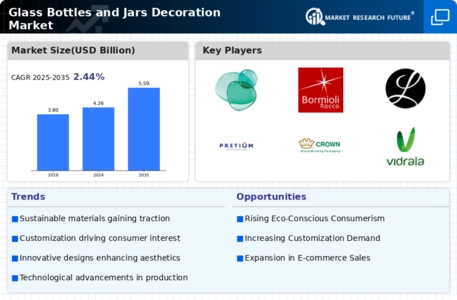
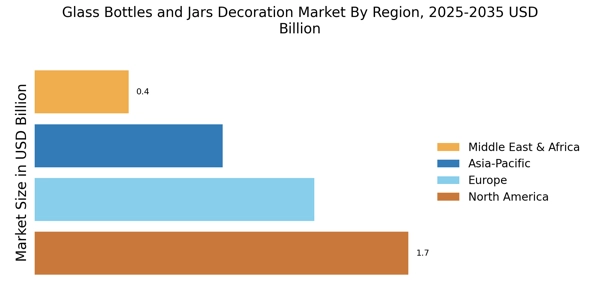

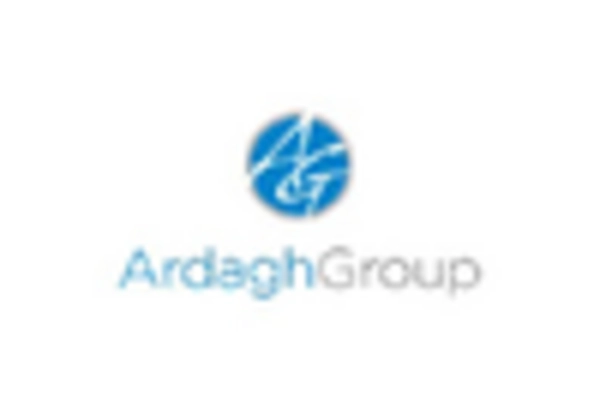
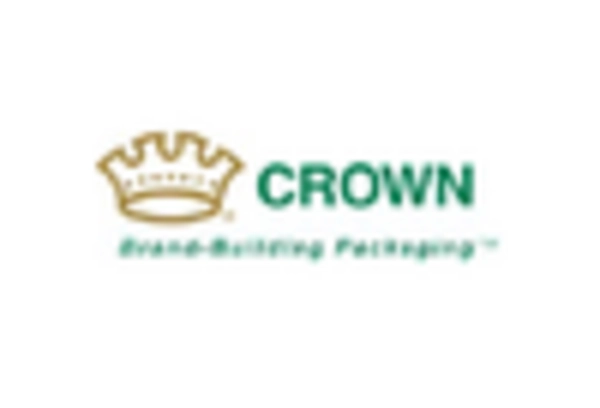
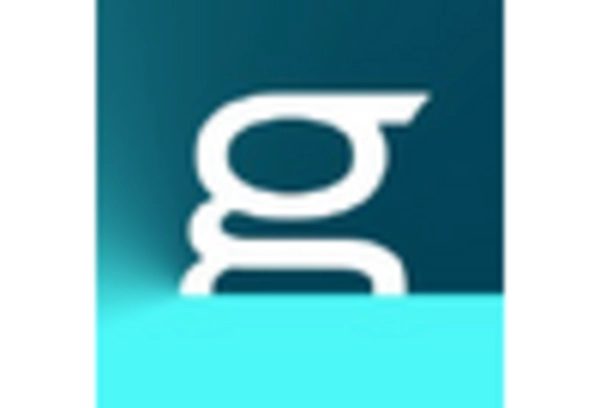
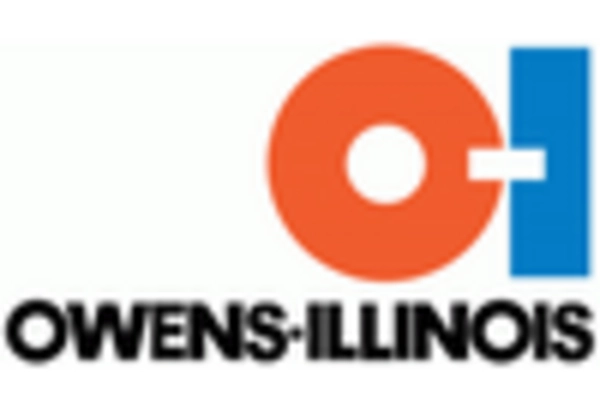
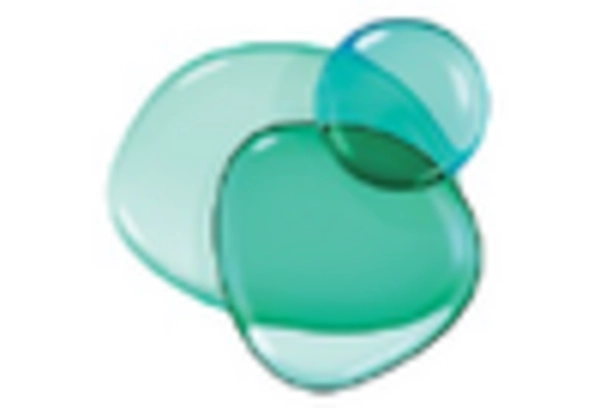








Leave a Comment